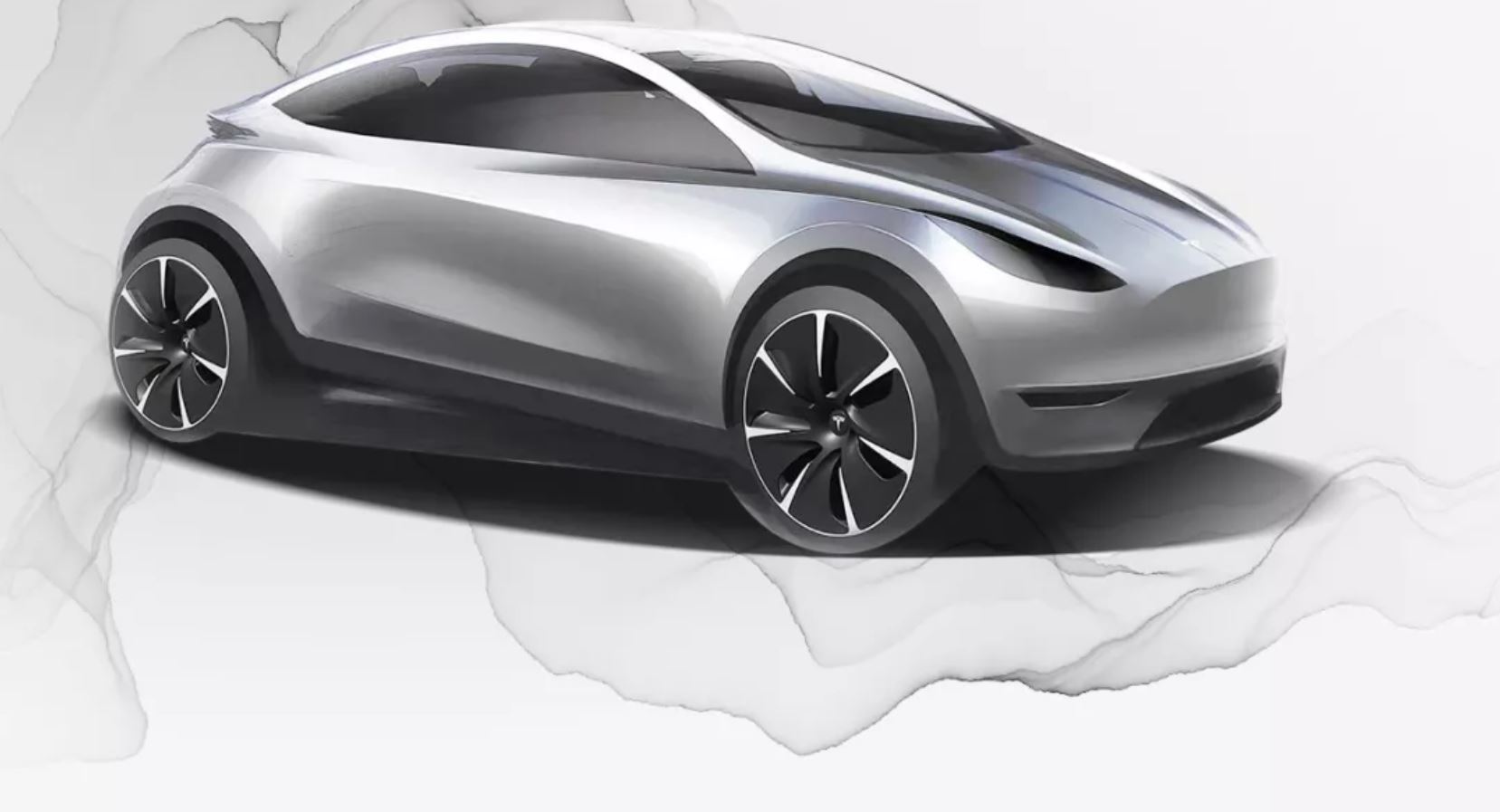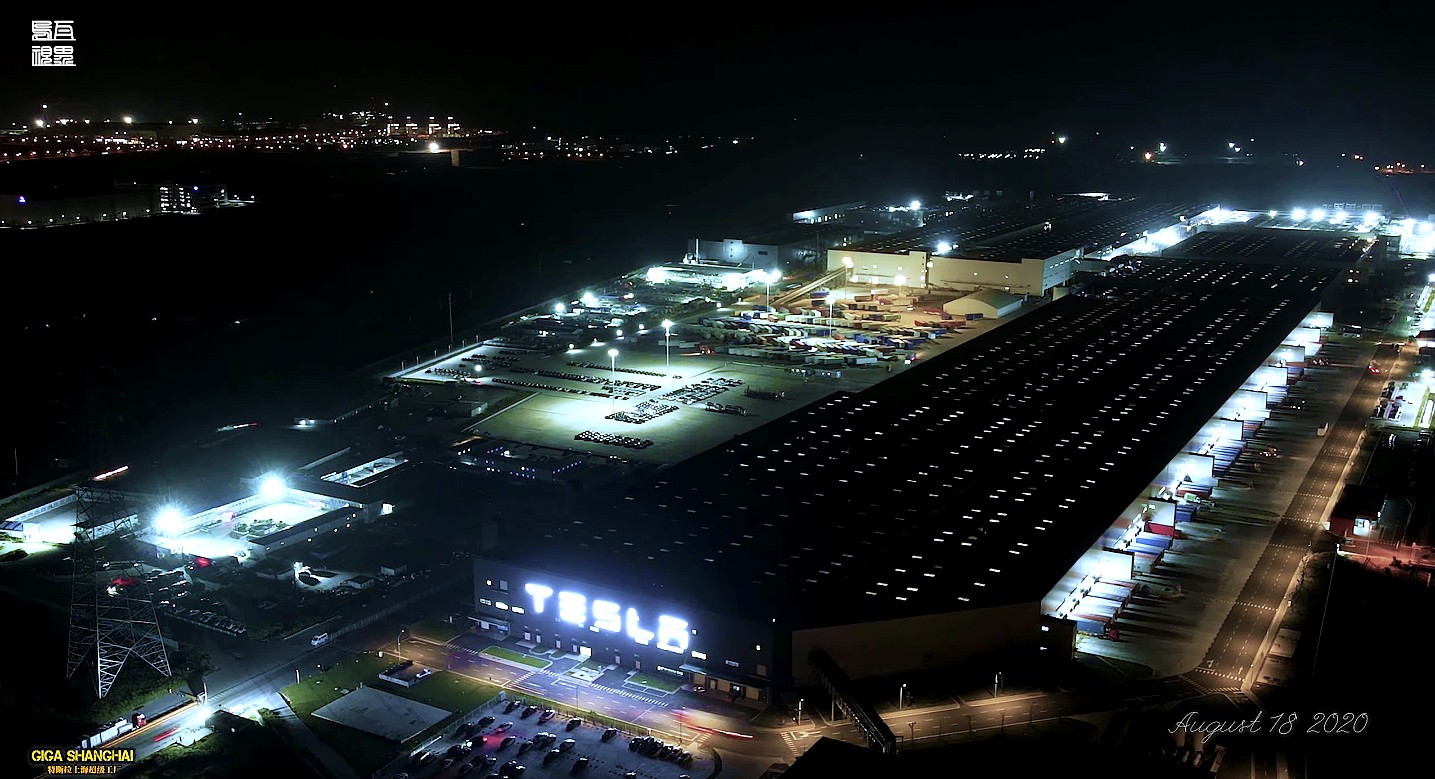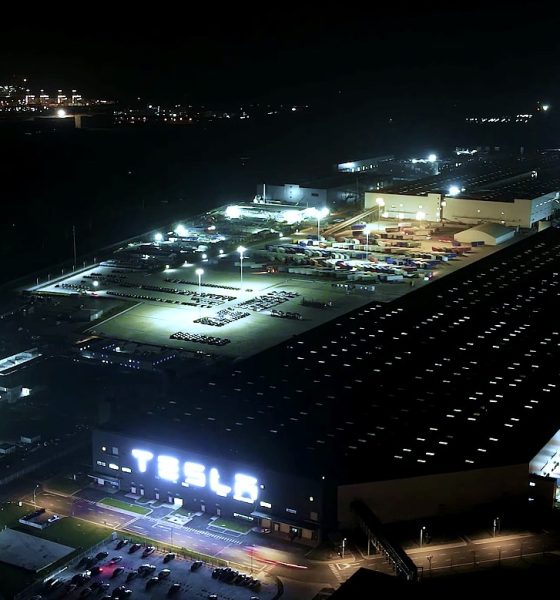Tesla is looking for a Chief Designer to oversee its production of China-specific model releases in the country. The company’s efforts to open a Design Studio in China have been well-known, but the search for someone to help design cars that will be geared toward the Chinese market in specific continues.
Tesla has been manufacturing its electric vehicles in China since late 2019, while the first public deliveries began in January 2020. Since then, the automaker has seen overwhelming growth, which has been driven by incredible demand in China. The Tesla Model 3 is coming off of a highly-successful 2020 where it dominated sales figures for the full year. The Model Y also began production in late 2020 in Shanghai at its manufacturing plant, but the two cars are not all the company has in its plans.
Sources familiar with Tesla’s operation in China told Reuters that the company had started a full-fledged search to find the person who will design China-geared designs moving forward. According to the sources, recruiters and human resources representatives have worked diligently for four months to find a “bi-cultural” candidate with at least 20 years of experience. It will require a subjective sense of automotive design and familiarity with Chinese tastes. Even though Tesla has done relatively well in the Chinese market with its cars, the company plans to attack the market with designs that will speak to local citizens, which should drive sales figures through the roof.
A handful of potential candidates have been interviewed by Franz von Holzhausen, Tesla’s Chief Designer, but it is unknown how many people Tesla has talked to thus far.
In June 2020, Teslarati reported that Tesla was requesting that everyone, regardless of design experience or automotive craftsmanship, design an all-electric car that would appeal to China’s masses. “Even if you are not a car designer, you are welcome to submit. It’s more than just a car designed for you,” Tesla stated. “Please think of China in your Tesla design work.”
This request from the automaker followed a January 2020 Reuters report that revealed Tesla’s plans to design a “Chinese-style” vehicle.
Tesla is coming off its biggest year as a company, successfully delivering 499,650 of its over 509,000 produced cars. Q4 2020 was the company’s biggest quarter yet in terms of production and deliveries, as the company worked diligently to attain the 500,000 vehicle guidance it set for itself well before the COVID-19 pandemic slowed production lines.
Chinese-Style Tesla Vehicles (Source: Tesla China WeChat)
The mission to increase the number of EVs on the road is far from over for Tesla. Now, it seems the automaker will begin adapting body styles to every market, looking to cater to each consumer base individually, instead of planning to release a universally-accepted vehicle that doesn’t require revisions. While Tesla’s cars have been successful in countries other than the U.S., there is still work to be done. With more cars on the road in China than any other country globally, focusing on China could ultimately lead to long-term success for Tesla and may lead to a more prolonged domination of the sector than originally anticipated. CEO Elon Musk has openly stated that other companies will catch up in terms of EV development, but Tesla would be able to remain in their lead due to manufacturing efficiencies.
Once a Chief Designer is hired, Tesla will begin to build a team that will turn renderings into clay models. This will eventually lead to new EV designs being built and a broader range of body styles for consumers to choose from.
It is unclear if the development of new Chinese designs has anything to do with the $25,000 vehicle that Tesla plans to manufacture in China soon. Tesla detailed this vehicle at the company’s Battery Day event in September, where Musk stated that a $25k, fully autonomous car would be available in 3-5 years.
Right now, China is swallowing up demand for small, compact cars, even if they are not electric. The Toyota Corolla and Volkswagen Golf are two of the most popular, and Shanghai-based consultancy group Automotive Foresight says that a compact vehicle could be Tesla’s key to dominating the country and beyond. “A compact Tesla car would do well in China, as well as the rest of Asia and Europe,” Automotive Foresight’s Yale Zhang said. “It could potentially put a serious dent in sales of cars like Toyota’s Corolla and the Volkswagen Golf.”

Elon Musk
Elon Musk’s X will start using a Tesla-like software update strategy
The initiative seems designed to accelerate updates to the social media platform, while maintaining maximum transparency.

Elon Musk’s social media platform X will adopt a Tesla-esque approach to software updates for its algorithm.
The initiative seems designed to accelerate updates to the social media platform, while maintaining maximum transparency.
X’s updates to its updates
As per Musk in a post on X, the social media company will be making a new algorithm to determine what organic and advertising posts are recommended to users. These updates would then be repeated every four weeks.
“We will make the new 𝕏 algorithm, including all code used to determine what organic and advertising posts are recommended to users, open source in 7 days. This will be repeated every 4 weeks, with comprehensive developer notes, to help you understand what changed,” Musk wrote in his post.
The initiative somewhat mirrors Tesla’s over-the-air update model, where vehicle software is regularly refined and pushed to users with detailed release notes. This should allow users to better understand the details of X’s every update and foster a healthy feedback loop for the social media platform.
xAI and X
X, formerly Twitter, has been acquired by Elon Musk’s artificial intelligence startup, xAI last year. Since then, xAI has seen a rapid rise in valuation. Following the company’s the company’s upsized $20 billion Series E funding round, estimates now suggest that xAI is worth tens about $230 to $235 billion. That’s several times larger than Tesla when Elon Musk received his controversial 2018 CEO Performance Award.
As per xAI, the Series E funding round attracted a diverse group of investors, including Valor Equity Partners, Stepstone Group, Fidelity Management & Research Company, Qatar Investment Authority, MGX, and Baron Capital Group, among others. Strategic partners NVIDIA and Cisco Investments also continued support for building the world’s largest GPU clusters.
News
Tesla FSD Supervised wins MotorTrend’s Best Driver Assistance Award
The decision marks a notable reversal for the publication from prior years, with judges citing major real-world improvements that pushed Tesla’s latest FSD software ahead of every competing ADAS system.

Tesla’s Full Self-Driving (Supervised) system has been named the best driver-assistance technology on the market, earning top honors at the 2026 MotorTrend Best Tech Awards.
The decision marks a notable reversal for the publication from prior years, with judges citing major real-world improvements that pushed Tesla’s latest FSD software ahead of every competing ADAS system. And it wasn’t even close.
MotorTrend reverses course
MotorTrend awarded Tesla FSD (Supervised) its 2026 Best Tech Driver Assistance title after extensive testing of the latest v14 software. The publication acknowledged that it had previously criticized earlier versions of FSD for erratic behavior and near-miss incidents, ultimately favoring rivals such as GM’s Super Cruise in earlier evaluations.
According to MotorTrend, the newest iteration of FSD resolved many of those shortcomings. Testers said v14 showed far smoother behavior in complex urban scenarios, including unprotected left turns, traffic circles, emergency vehicles, and dense city streets. While the system still requires constant driver supervision, judges concluded that no other advanced driver-assistance system currently matches its breadth of capability.
Unlike rival systems that rely on combinations of cameras, radar, lidar, and mapped highways, Tesla’s FSD operates using a camera-only approach and is capable of driving on city streets, rural roads, and freeways. MotorTrend stated that pure utility, the ability to handle nearly all road types, ultimately separated FSD from competitors like Ford BlueCruise, GM Super Cruise, and BMW’s Highway Assistant.
High cost and high capability
MotorTrend also addressed FSD’s pricing, which remains significantly higher than rival systems. Tesla currently charges $8,000 for a one-time purchase or $99 per month for a subscription, compared with far lower upfront and subscription costs from other automakers. The publication noted that the premium is justified given FSD’s unmatched scope and continuous software evolution.
Safety remained a central focus of the evaluation. While testers reported collision-free operation over thousands of miles, they noted ongoing concerns around FSD’s configurable driving modes, including options that allow aggressive driving and speeds beyond posted limits. MotorTrend emphasized that, like all Level 2 systems, FSD still depends on a fully attentive human driver at all times.
Despite those caveats, the publication concluded that Tesla’s rapid software progress fundamentally reshaped the competitive landscape. For drivers seeking the most capable hands-on driver-assistance system available today, MotorTrend concluded Tesla FSD (Supervised) now stands alone at the top.
News
Elon Musk’s Grokipedia surges to 5.6M articles, almost 79% of English Wikipedia
The explosive growth marks a major milestone for the AI-powered online encyclopedia, which was launched by Elon Musk’s xAI just months ago.

Elon Musk’s Grokipedia has grown to an impressive 5,615,201 articles as of today, closing in on 79% of the English Wikipedia’s current total of 7,119,376 articles.
The explosive growth marks a major milestone for the AI-powered online encyclopedia, which was launched by Elon Musk’s xAI just months ago. Needless to say, it would only be a matter of time before Grokipedia exceeds English Wikipedia in sheer volume.
Grokipedia’s rapid growth
xAI’s vision for Grokipedia emphasizes neutrality, while Grok’s reasoning capabilities allow for fast drafting and fact-checking. When Elon Musk announced the initiative in late September 2025, he noted that Grokipedia would be an improvement to Wikipedia because it would be designed to avoid bias.
At the time, Musk noted that Grokipedia “is a necessary step towards the xAI goal of understanding the Universe.”
Grokipedia was launched in late October, and while xAI was careful to list it only as Version 0.1 at the time, the online encyclopedia immediately earned praise. Wikipedia co-founder Larry Sanger highlighted the project’s innovative approach, noting how it leverages AI to fill knowledge gaps and enable rapid updates. Netizens also observed how Grokipedia tends to present articles in a more objective manner compared to Wikipedia, which is edited by humans.
Elon Musk’s ambitious plans
With 5,615,201 total articles, Grokipedia has now grown to almost 79% of English Wikipedia’s article base. This is incredibly quick, though Grokipedia remains text-only for now. xAI, for its part, has now updated the online encyclopedia’s iteration to v0.2.
Elon Musk has shared bold ideas for Grokipedia, including sending a record of the entire knowledge base to space as part of xAI’s mission to preserve and expand human understanding. At some point, Musk stated that Grokipedia will be renamed to Encyclopedia Galactica, and it will be sent to the cosmos.
“When Grokipedia is good enough (long way to go), we will change the name to Encyclopedia Galactica. It will be an open source distillation of all knowledge, including audio, images and video. Join xAI to help build the sci-fi version of the Library of Alexandria!” Musk wrote, adding in a later post that “Copies will be etched in stone and sent to the Moon, Mars and beyond. This time, it will not be lost.”










